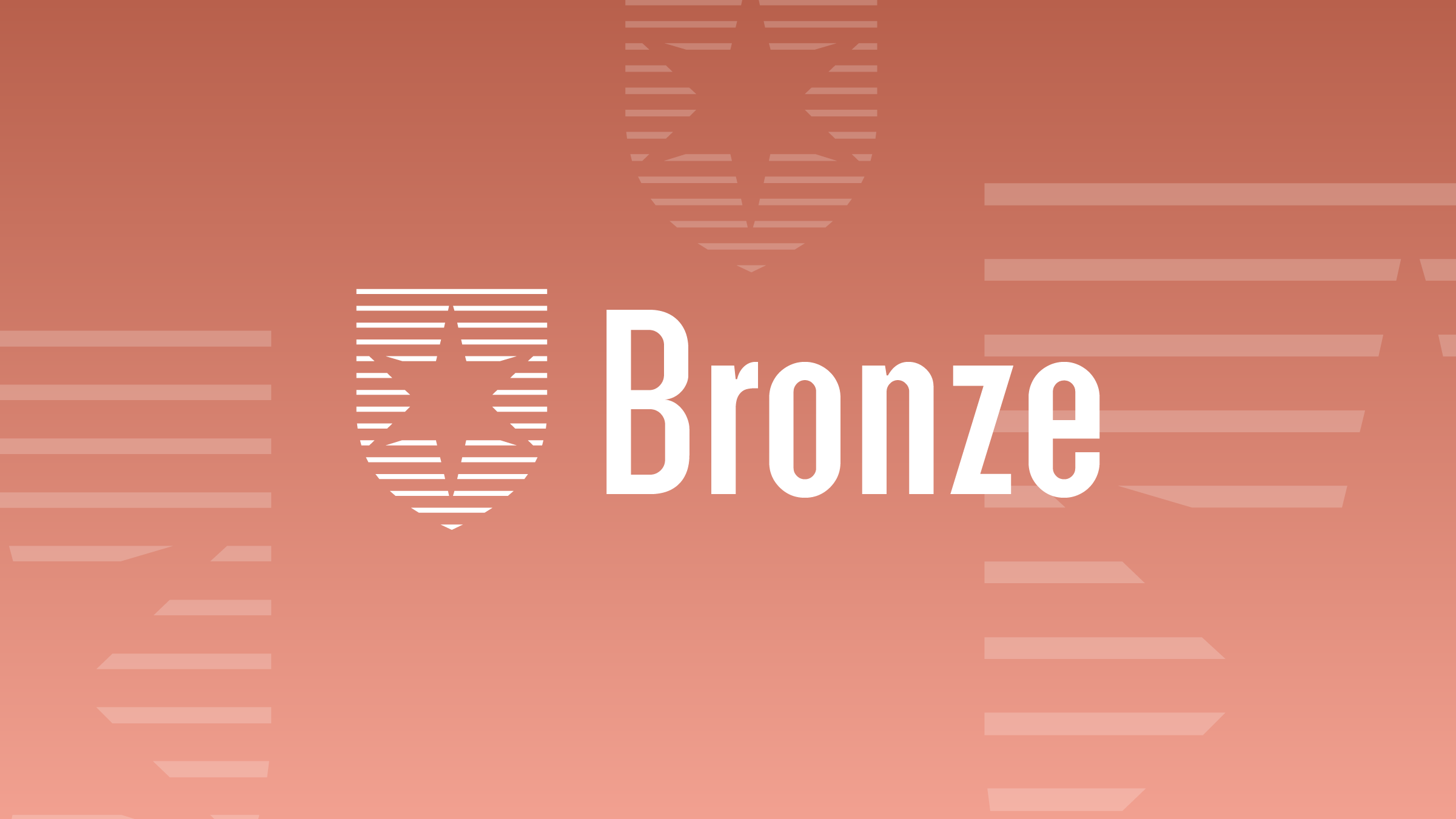
Given market fluctuations and ongoing talk over a downturn in the global markets, many investors may be viewing their portfolios with concern. To mitigate a myriad of unforeseen risks, James Smigiel, chief investment officer of non-traditional strategies at SEI Investments Management Corp., focuses on asset allocation in the gold-rated SEI Balanced F fund-of-funds mandate.
“It’s definitely a multi-manager and a multi-asset class fund,” says Smigiel, based in Pennsylvania. “This is a balanced approach, so we don’t want to be too far on the risk spectrum. So even within the equity, we’re going to tilt a little bit more towards higher-quality companies, because this is really not a completely conservative investment and certainly not a very aggressive investment.”
The mandate offers broad diversification across 11 distinct asset classes and 11 funds, with a global perspective, implemented by approximately 50 subadvisors. The asset classes include Canadian and U.S. small, medium and large-cap equity, the fixed income spectrum, and go as granular as high-yield bonds, and regional exposure such as emerging markets.
Spans the spectrum of styles
The mandate spans all investment styles from deep value to momentum, focused on a goals-based approach to capture returns while protecting investor capital. When it comes to styles, “we think of them,” says Smigiel, “more along the lines of alpha sources or different ways the managers tend to beat the benchmark.”
The strategic goal is to hit particular return targets through a mix of asset classes that are fairly lowly correlated to one another to reduce risk. The approximate 48% position in equities and 45% in fixed income is characteristic of the mandate.
From a stock perspective, the managers look for companies that have strong balance sheets, consistent cash flows and consistent earnings. According to Smigiel, they have shown through their research that lower beta stocks, or stocks that show less volatility in the broader market, can match the performance of the broader market over a longer period of time.
Lower-beta, higher-quality
“That’s kind of the theory behind our SEI Global Managed Volatility component,” says Smigiel. “We’re looking to deliver market-like returns with a lot less volatility than the market, simply by focusing on these higher-quality and lower-beta companies.”
From a sector perspective, financials currently represent about 20% of the mandate. Among the top 10 fund components is SEI Canadian Equity Class F (with a 12% weighting). Holdings within the Canadian Equity Class include, The Toronto-Dominion Bank (TD), Bank of Nova Scotia (BNS), and Royal Bank of Canada (RY). The Canadian banks are favoured holdings in the mandate.
“The biggest characteristic in liking the banks, first and foremost,” says Smigiel, “is their valuation. The valuations are very, very attractive and we think financials in general have a fairly attractive valuation at this stage.” And secondarily, particularly in Canada and the U.S., the banks are favoured for the quality of their balance sheets.
Also among the top 10 fund components is SEI US Large Company Class (with a 12% weighting). The holdings include Microsoft Corp. (MSFT), Johnson & Johnson (JNJ), and Amazon.com Inc. (AMZN) among its top positions.
More than mega caps, less on tech
“We have here in the U.S. these mega caps in the top 10 of the index, so they’re going to be there,” says Smigiel, “and then we’re going to try to beat that index by overweighting or underweighting individual names, sectors and industries with a multiple of asset classes and styles.” The fund currently has an underweight position in technology in general, by about 4%, given the valuations and perhaps the regulatory environment we’re heading into, adds Smigiel.
From a fixed-income perspective, the 45% weighting plays a multi-faceted role in the client’s portfolio, says Smigiel. Most notably as a risk reducer and a diversifier to the equity portion of the mandate. A broad mix of bond characteristics and duration is also characteristic.
According to Smigiel, the SEI US High Yield Bond component in the fixed income weighting is one such example. “What is notable about that particular class,” says Smigiel, “is that is does have characteristics of both fixed income and equity.” The below investment-grade credit gives the mandate some equity beta, in this case, more U.S. equity beta, and that is a way to add some risk to the portfolio for return potential, he adds.
A close eye is kept on the positions and performance of the underlying funds and management of the subadvisors. “We continuously monitor target fund weights,” says Smigiel, “and rebalance whenever a target fund exceeds its target weight by 0.50%.
In positioning the fund, the managers are cautious with the uncertainty around the globe today. “If we do look around the globe,” says Smigiel, “North America is the place to be. The GDP in both Canada and the U.S. is outperforming the majority of the developed world by quite a bit. We don’t think valuations are stretched by any stretch of the imagination.”









.jpg)













